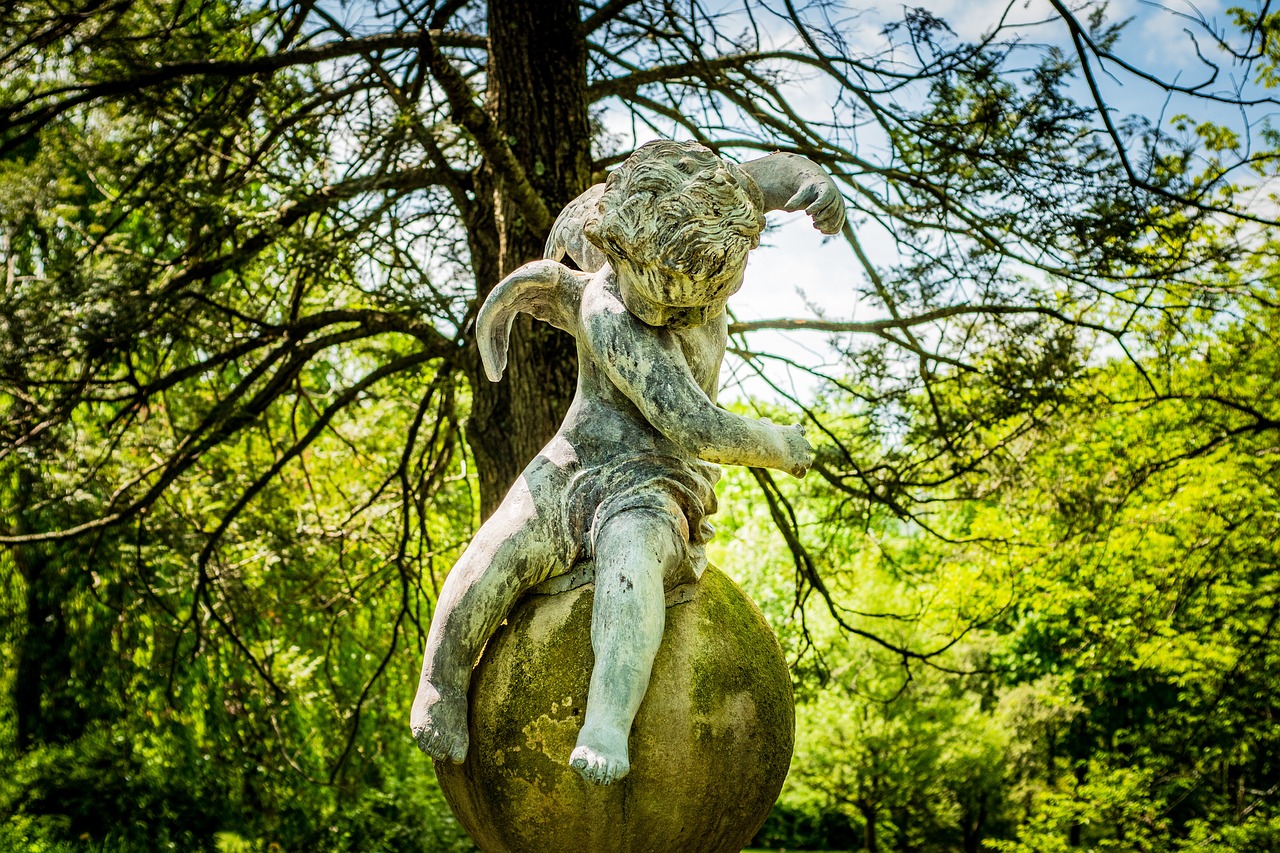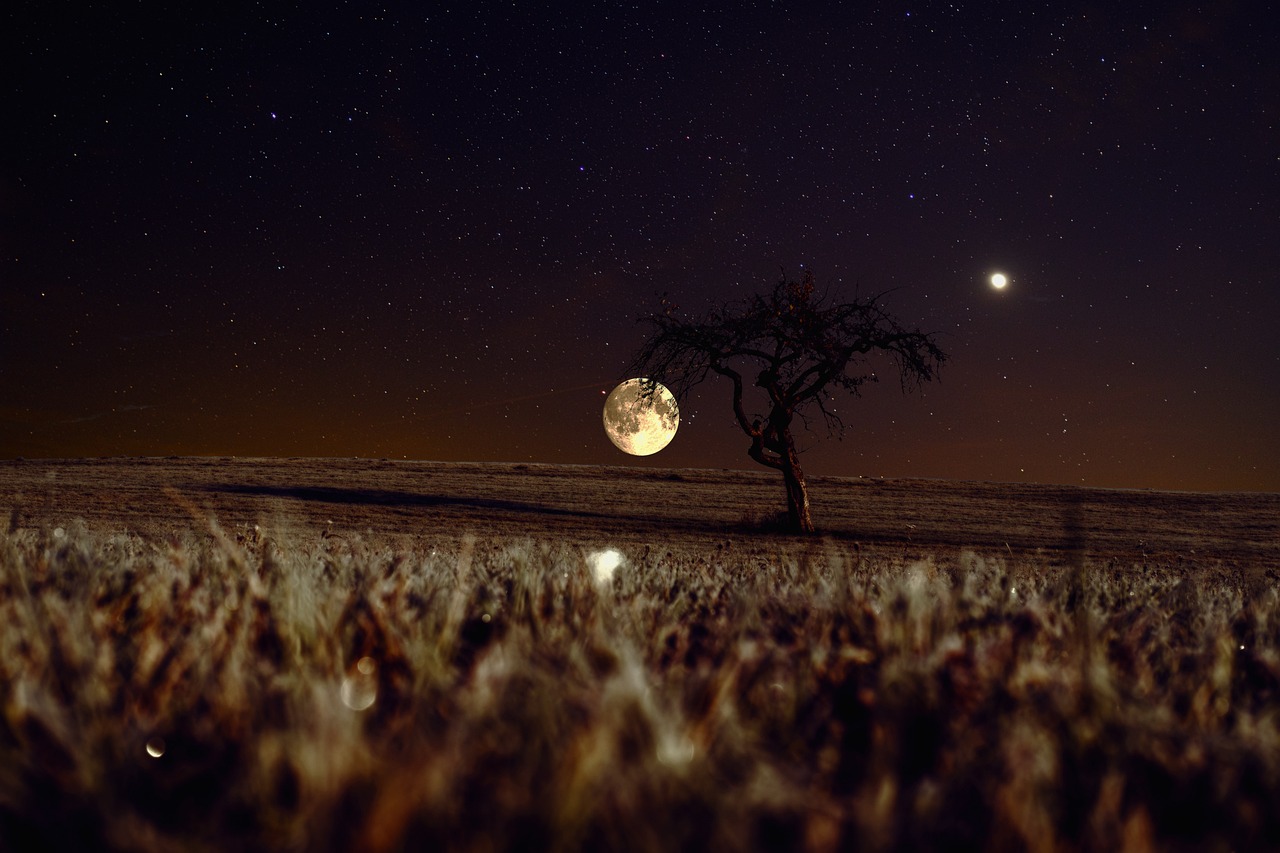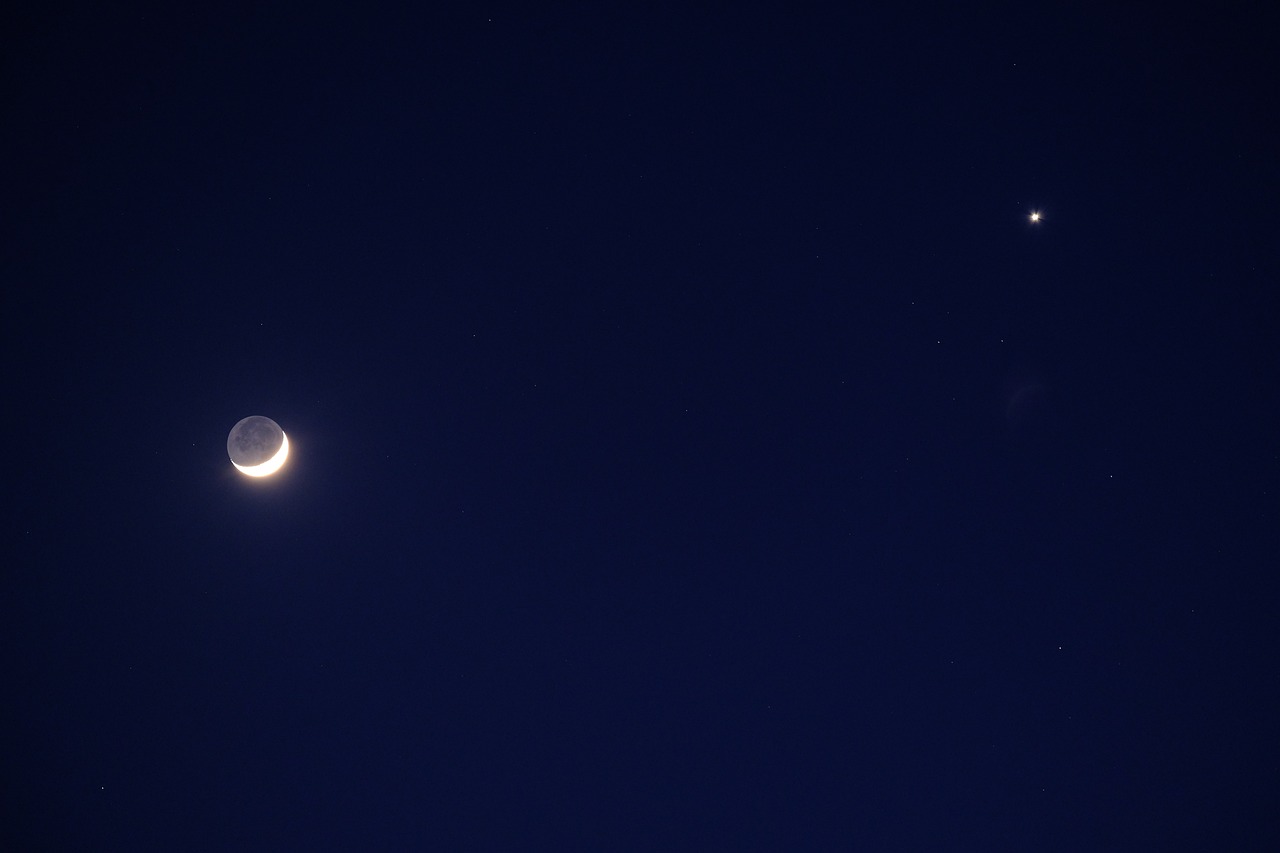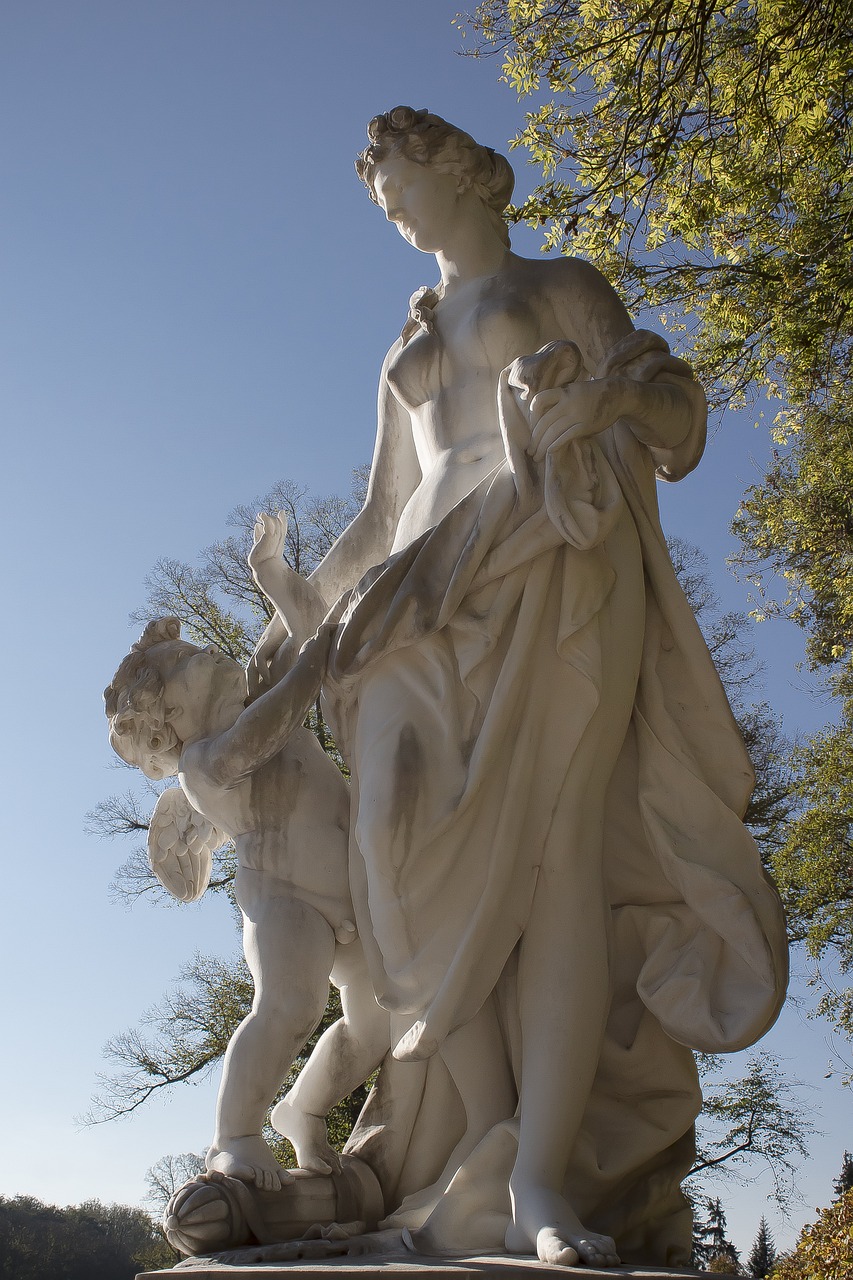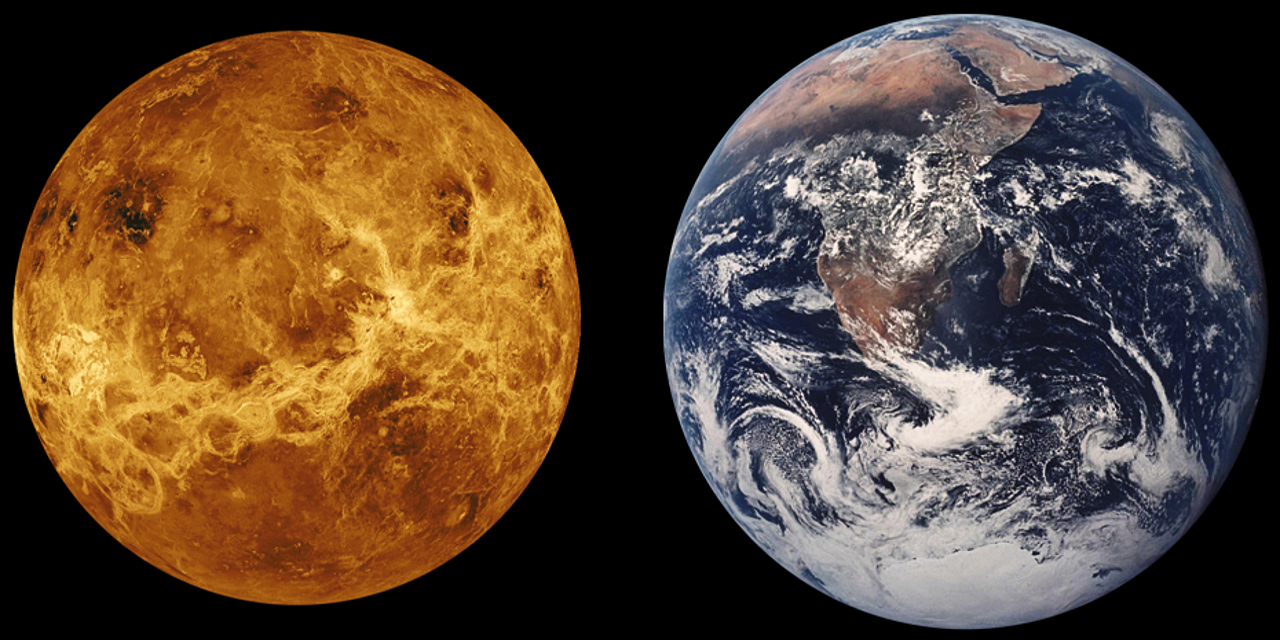Tag: Venus
-
Cupid, the mythical deity of romantic passion, possesses two distinct types of arrows: one with sharp, golden tips, stirring intense desire, and another with blunt, leaden tips, evoking repulsion. In ancient Roman culture, sexual attraction was an accepted aspect of life, though it was seen as perilous if it overwhelmed one’s judgment. Cupid represents this…
-
Venus, the ancient Italian deity, embodies the essence of cultivated landscapes and gardens. Over time, she became synonymous with the Greek goddess of love, Aphrodite. Consider the renowned Venus de Milo, a marble rendition of Aphrodite from Melos, crafted around 150 BCE, currently located in the Louvre in Paris. Initially, Venus garnered no significant veneration…
-
Venus, an ancient Italian deity linked to farmland and gardens, was later associated by Romans with Aphrodite, the Greek goddess of love. The famous marble statue, Venus de Milo, created around 150 BCE, is housed at the Louvre in Paris. Initial worship of Venus in Rome was virtually non-existent. Notably, the scholar Marcus Terentius Varro…
-
The Significance of Venus in Mythology Venus, recognized as the most luminous object in the night sky after the Sun and the Moon, has captivated human interest since prehistoric times. In places like Siberia, it stood alone among the planets with its distinct name, Cholbon. This planet was linked with both the Morning Star and…
-
In Roman mythology, Venus represents the goddess associated with love, beauty, sex, and fertility. She parallels the Greek goddess Aphrodite, yet encompasses more attributes, serving as a goddess of victory, fertility, and even prostitution. The origins of Aphrodite, as described in Hesiod’s Theogony, detail her emergence from the sea foam, following the bloody castration of…
-
The figure of Venus represents the essence of love, femininity, and the promise of new beginnings. As one of the most recognized deities from classical mythology, Venus’s tale is rooted in Greco-Roman tradition. Notably, she is said to have emerged from the sea foam after the castration of Uranus, arriving ashore on a clam shell.…
-
Overview of Venus: The Roman Goddess of Love Venus, the Roman embodiment of love, maternal care, sexual reproduction, and desire, was revered as one of the most beautiful deities in the Roman pantheon. Renowned for her ability to attract both mortals and gods, she exhibited a fluid approach to sexuality, captivating both male and female…
-
Measuring under eight inches tall, this bronze figure of Venus is smaller than a standard Barbie doll. Unlike the widely recognized fashion doll, the proportions and relaxed pose of Venus convey a realistic feminine form. Adorned solely with a diadem or crown on her head, she stands in a complete nude state, distributing her weight…
-
The representation of the goddess Venus resonates throughout art history as a quintessential symbol of femininity, illustrating an array of forms and interpretations across various time periods. Described as the embodiment of beauty and love, Venus encapsulates both the gentler and more perilous sides of womanhood. Anna Berkutsia, a digital curator known for her insightful…

